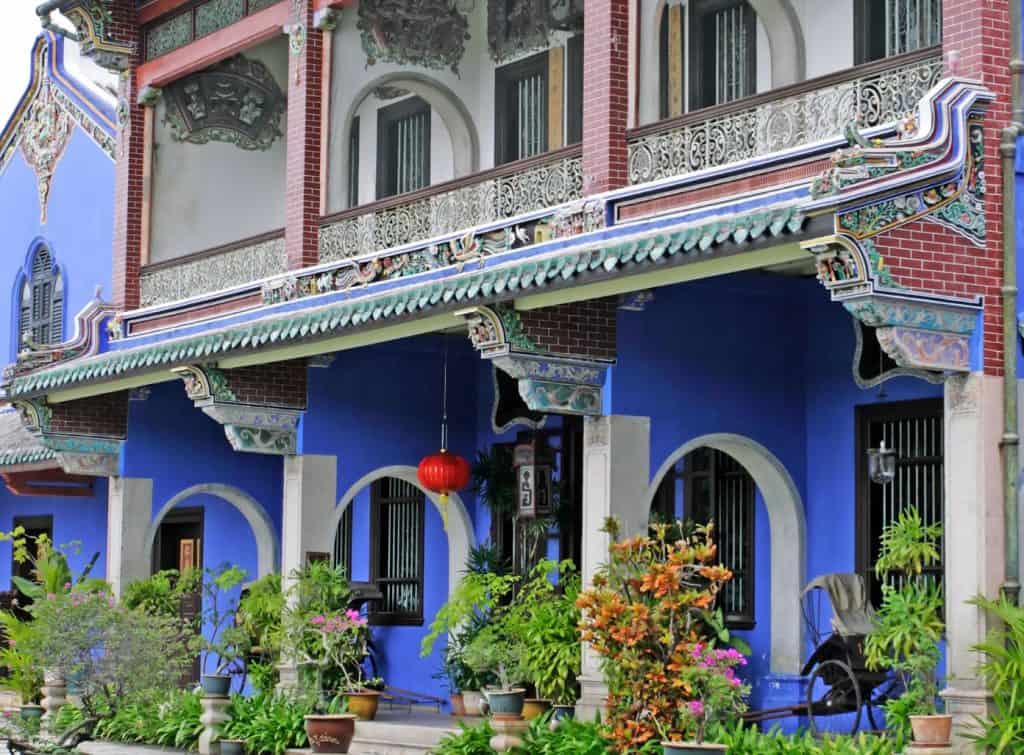Penang is a Malaysian state known for its rich heritage and culture. One of the best ways to truly immerse oneself in Penang’s history and experience its unique charm is by taking a guided heritage walk. This article will explore the various aspects of Penang’s heritage that a guided walk can offer, from understanding its rich history to appreciating its architectural styles and cultural impact.
Understanding Penang’s Rich History

Penang’s history dates back centuries, with influences from various cultures and colonial powers. The island of Penang was originally inhabited by the indigenous Malays, but it was the British who left the most significant imprint on the island’s heritage.
As we delve into the rich history of Penang, it becomes evident that the island’s story is a tapestry woven with threads of diverse influences. From the early days of the indigenous Malays to the colonial era and the impact of trade, Penang’s history is a fascinating journey through time.
The Influence of Colonial Rule in Penang
During the 18th century, Penang became a British colony and served as an important outpost for the British East India Company. This colonial period greatly influenced Penang’s architecture, infrastructure, and social fabric. Many heritage buildings in Penang today reflect the British architectural styles of the time.
Walking through the streets of Georgetown, the capital city of Penang, one cannot help but be captivated by the colonial charm that still lingers in the air. The elegant colonial mansions, with their intricate designs and grandeur, stand as a testament to the island’s colonial past. These architectural gems tell stories of a bygone era, transporting visitors back in time.
But the influence of colonial rule goes beyond just architecture. The British brought with them a system of governance that shaped the administrative structure of Penang. The legacy of British governance can still be seen today in the efficient bureaucracy and legal system that underpin the island’s functioning.
The Impact of Trade on Penang’s Development
Penang’s strategic location along the trade routes between Europe, Asia, and the Middle East played a crucial role in its development. The island became a bustling trading post, attracting merchants from various cultures. The influence of these traders can still be seen in Penang’s diverse culinary scene and vibrant street markets.
As ships docked at the port of Penang, they brought with them a myriad of goods and ideas. The exchange of goods and knowledge between different cultures shaped the island’s identity. Penang became a melting pot of cultures, where Chinese, Indian, Malay, and European influences blended harmoniously.
Today, Penang’s culinary scene is renowned for its eclectic mix of flavors and cuisines. From the mouthwatering street food stalls to the upscale restaurants, Penang offers a gastronomic adventure like no other. The vibrant street markets, with their colorful displays of local produce and handicrafts, continue to be a hub of activity, showcasing the island’s rich cultural heritage.
Furthermore, the impact of trade extended beyond the culinary realm. The merchants who settled in Penang brought with them their customs, traditions, and religious practices. This cultural diversity is evident in the numerous temples, mosques, and churches that dot the island, each telling a unique story of faith and spirituality.
As we explore Penang’s rich history, it becomes clear that the island’s past is not just a series of events but a living legacy that continues to shape its present. From the colonial architecture to the vibrant street markets, Penang’s heritage is a testament to the resilience and adaptability of its people.

The Significance of Penang’s Heritage Buildings
Penang is home to a remarkable collection of heritage buildings that have stood the test of time. These architectural gems provide a glimpse into Penang’s past and showcase the unique blend of cultures that have shaped the island’s identity.
Architectural Styles and Their Historical Context
Walking through the streets of Penang, one can admire the distinct architectural styles of its heritage buildings. From the ornate British colonial buildings to the intricate Chinese shophouses, each structure tells a story of the era it was built and the communities that resided within its walls.
The Role of Heritage Buildings in Today’s Penang
Beyond their historical significance, heritage buildings play a vital role in Penang’s present-day society. Many have been repurposed into cafes, art galleries, and boutique hotels, breathing new life into these architectural treasures. By preserving and adapting these buildings, Penang honors its past while embracing its future.
What to Expect on a Guided Heritage Walk
A guided heritage walk in Penang promises an immersive and educational experience. Knowledgeable guides will lead you through the streets, highlighting key sites and landmarks that are significant to Penang’s heritage.
The Route of the Walk: Key Sites and Landmarks
The route of the walk will take you through Penang’s historic districts, such as Georgetown, where you’ll encounter iconic sites like Fort Cornwallis, Kuan Yin Temple, and the Khoo Kongsi clan house. Each stop along the way contributes to the overall understanding of Penang’s heritage and cultural diversity.
The Role of the Guide: Providing Insight and Context
A knowledgeable guide will offer insights into the significance of each site and share captivating stories that bring Penang’s history to life. They will contextualize the architectural styles, explaining how they were influenced by different cultures and historical events.
Preparing for Your Heritage Walk
Before embarking on a guided heritage walk, there are a few things to keep in mind to ensure a memorable experience.
What to Bring on Your Walk
Comfortable walking shoes, a hat, and sunscreen are essential for a guided heritage walk in Penang, as it can get hot and humid. Additionally, it’s a good idea to bring a bottle of water to stay hydrated throughout the journey.
Tips for Maximizing Your Experience
To make the most of your heritage walk, come prepared with a curious mindset and an eagerness to learn. Take your time to admire the intricate details of the buildings, engage with the local community, and don’t hesitate to ask questions. Remember, the walk is not just about ticking off sites but about immersing oneself in Penang’s vibrant heritage.
The Cultural Impact of Penang’s Heritage
Penang’s heritage goes beyond just architectural beauty. It has deeply influenced the island’s cultural landscape and shaped its identity today.
The Intersection of Cultures in Penang
Penang’s heritage is a reflection of the diverse cultures that have coexisted on the island. Malay, Chinese, Indian, and European influences have blended together to create a unique cultural tapestry. This fusion can be experienced through the local cuisine, religious festivals, and various cultural practices.
How Heritage Shapes Penang’s Identity Today
Penang takes great pride in its heritage and recognizes its importance in attracting tourists and preserving a sense of identity. Efforts are being made to protect and restore heritage buildings, and cultural initiatives are thriving, providing opportunities for local artists and craftsmen to showcase their talents. Penang’s heritage is not just a relic of the past but a living testament to its people’s resilience and creativity.
In Conclusion
Exploring Penang’s heritage on a guided heritage walk is a journey into the island’s past, present, and future. It offers an opportunity to delve into its rich history, appreciate its architectural beauty, and understand the cultural influences that have shaped Penang’s unique identity. So put on your walking shoes and let Penang’s heritage mesmerize you as you traverse its streets and uncover the stories that make this island truly special.

